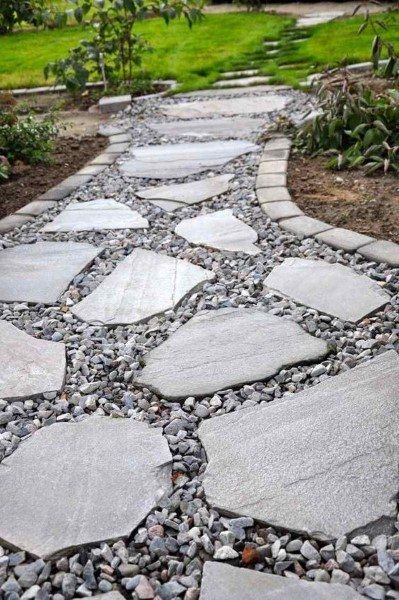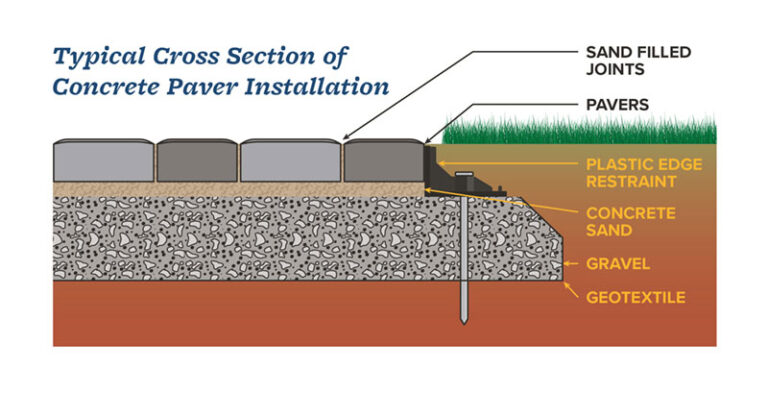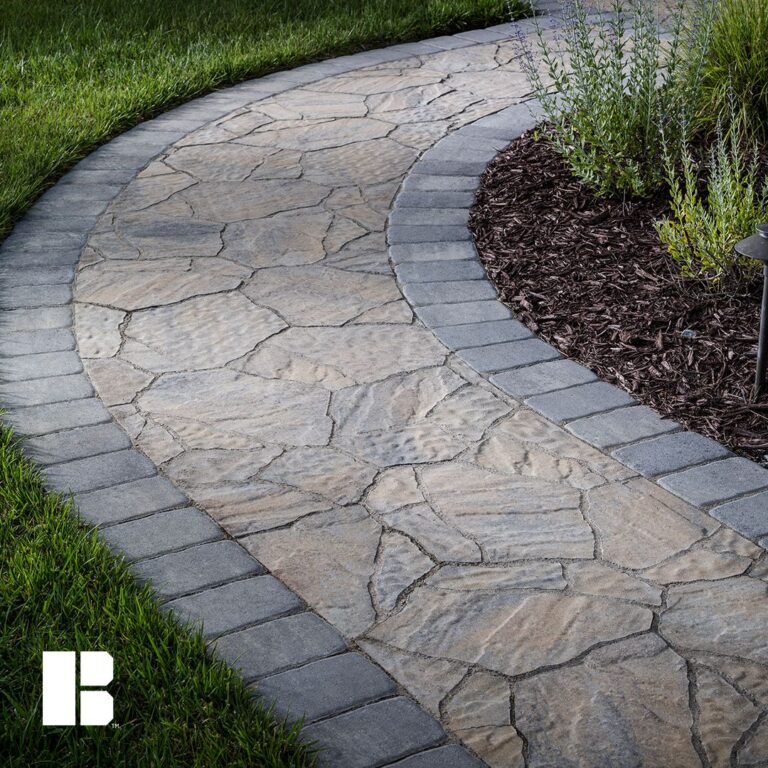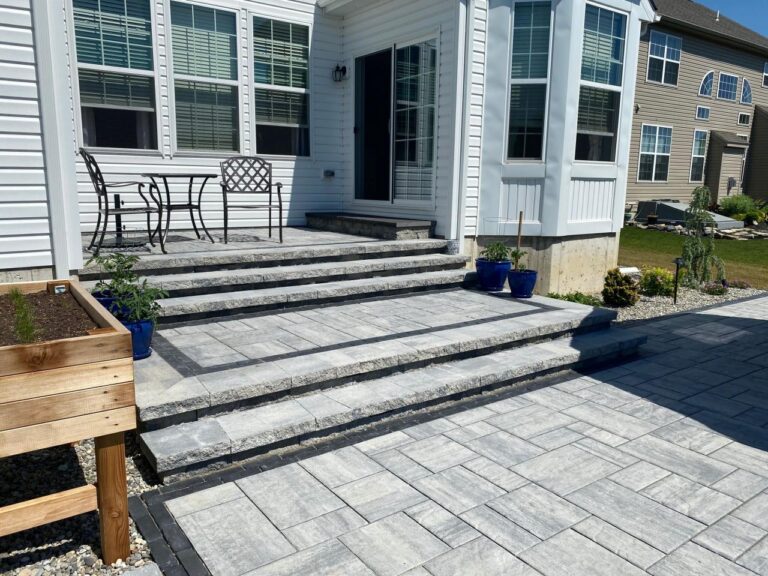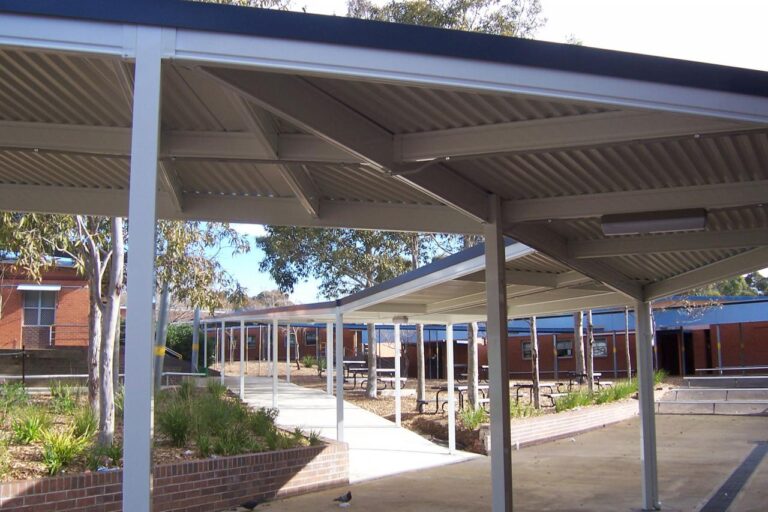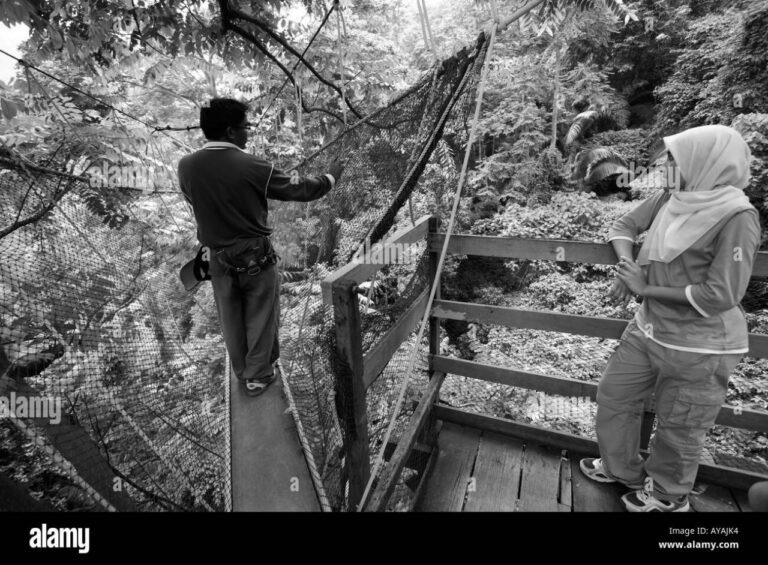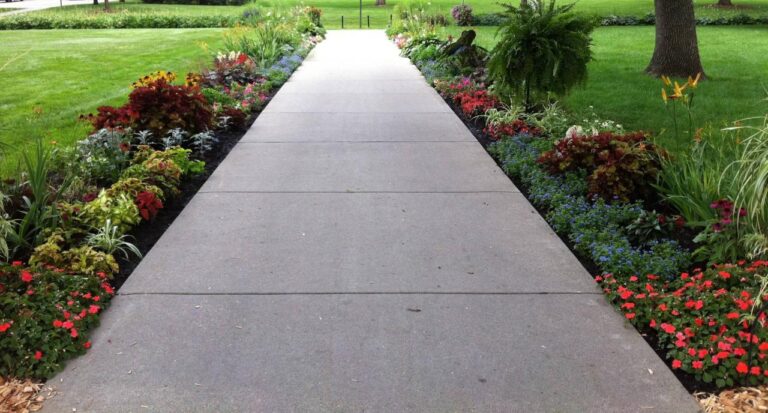Flagstone Walkway Design
Flagstone walkway design offers a unique blend of natural beauty and enduring practicality. From selecting the perfect stones to seamlessly integrating the walkway into your landscape, this guide explores every aspect of creating a stunning and functional pathway. We’ll delve into various flagstone types, design styles, installation techniques, and maintenance strategies, ensuring you know how to craft a walkway that enhances your outdoor space for years to come. We’ll cover everything from choosing the right stone to budgeting for your project, offering practical advice and inspiring visuals along the way.
This comprehensive guide covers the entire process, from initial design concepts and material selection to installation and long-term maintenance. We aim to equip you with the information and inspiration necessary to create a beautiful and durable flagstone walkway that complements your home and enhances your outdoor living experience. Whether you prefer a formal or informal style, we’ll provide the tools and knowledge to bring your vision to life.
Flagstone Selection & Sourcing
Choosing the right flagstone is crucial for a beautiful and durable walkway. This section explores various flagstone types, their properties, sourcing practices, and aesthetic considerations.
Flagstone Types and Properties
Flagstone is available in a variety of types, each with unique characteristics. Common options include bluestone (known for its blue-gray hues and durability), limestone (offering a softer, more porous texture in various colors), sandstone (with warm tones and a varied grain), and slate (characterized by its layered structure and dark colors). Bluestone generally exhibits superior durability and requires less maintenance than limestone, which is more susceptible to staining and weathering. Sandstone can be more easily shaped and carved, offering design flexibility. Slate’s layered nature makes it ideal for creating textured surfaces but may be more prone to chipping.
Sourcing Flagstone: Ethical and Environmental Considerations
Sustainable sourcing is paramount. Look for suppliers committed to responsible quarrying practices that minimize environmental impact. Inquire about their methods for land reclamation and waste reduction. Choosing locally sourced flagstone reduces transportation costs and carbon footprint, contributing to a more environmentally friendly project. Ethical sourcing ensures fair labor practices and supports communities involved in the extraction and processing of the stone.
Flagstone Colors and Textures for Different Design Styles
Flagstone’s versatility extends to its aesthetic appeal. For a formal garden, consider using uniformly sized, light-colored flagstones like beige limestone, arranged in a precise pattern. A rustic setting might benefit from a mix of sizes and colors, incorporating darker tones like bluestone or slate for a more natural look. Textured surfaces can add visual interest; consider using flagstones with a rough, tumbled finish for a casual feel, or a honed finish for a more polished appearance.
Walkway Design Styles & Layouts: Flagstone Walkway Design

Source: southwestboulder.com
The layout of your flagstone walkway significantly impacts its overall aesthetic and functionality. This section details various design styles and provides examples for small backyards.
Flagstone Walkway Layouts for Small Backyards, Flagstone Walkway design
Three distinct layouts can transform a small backyard: a straight, linear path leading to a focal point; a gently curving path that meanders through plantings; and a stepping-stone path for a more informal, natural feel. The choice depends on the available space, the surrounding landscaping, and the desired aesthetic.
Formal vs. Informal Flagstone Walkway Designs
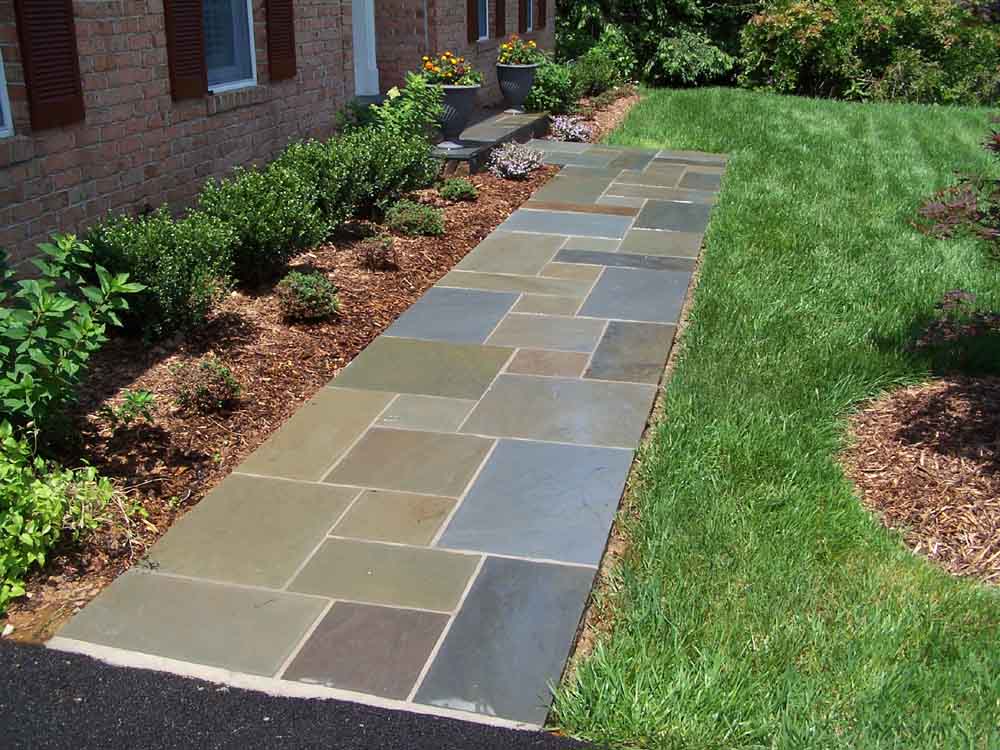
Source: paversdrivewaysva.com
Formal designs employ uniform flagstone sizes and precise patterns, creating a structured and symmetrical look. Informal designs embrace variations in size and shape, resulting in a more natural, less structured appearance. Formal designs often complement traditional architectural styles, while informal designs suit contemporary or rustic settings.
Flagstone Walkway Patterns
Different patterns create unique visual effects. The following table illustrates some common options:
| Pattern | Description |
|---|---|
| Running Bond | Stones are laid in parallel rows, with staggered joints. |
| Herringbone | Stones are arranged in a zig-zag pattern, resembling a fishbone. |
| Basketweave | Stones are arranged in a woven pattern, creating a textured surface. |
Impact of Surrounding Landscaping on Walkway Design
The walkway should complement the surrounding landscape. A winding path through a lush garden creates a sense of discovery, while a straight path emphasizes formality and order. Consider the existing plants, trees, and other features when choosing a layout and material to ensure visual harmony.
Installation Methods & Techniques
Proper installation is crucial for a long-lasting and visually appealing walkway. This section provides a step-by-step guide for successful installation.
Ground Preparation for Flagstone Walkways
Begin by removing existing vegetation and topsoil to a depth of approximately 6-8 inches. Compact the subgrade thoroughly to create a stable base. Add a layer of gravel or crushed stone for drainage and further compaction, ensuring a level surface before laying the flagstones.
Step-by-Step Flagstone Installation
Lay a bed of sand or polymeric sand over the compacted base. Place the flagstones onto the sand, ensuring proper spacing and alignment according to the chosen pattern. Tap the stones firmly into place using a rubber mallet. Sweep polymeric sand into the joints to fill gaps and prevent weed growth. Over time, polymeric sand hardens and binds the stones together, creating a stable and weed-resistant surface.
Creating Curves and Transitions
Curves and transitions are achieved by carefully cutting flagstones to fit the desired shape. Use a wet saw with a diamond blade for precise cuts. For smoother transitions between different areas or levels, consider using smaller flagstones or incorporating coping stones at edges and changes in elevation.
Ensuring Proper Drainage and Preventing Weed Growth
Proper drainage is essential to prevent water accumulation and damage. Ensure a slight slope to allow water to run off. The use of polymeric sand, as mentioned above, is highly effective in preventing weed growth between flagstones. Regular weeding is still recommended.
Integrating Flagstone Walkways with Landscape Design
A well-integrated walkway enhances the overall aesthetic of the landscape. This section explores ways to seamlessly blend flagstone walkways with various design elements.
Integrating Flagstone with Existing Garden Beds
Imagine a gently curving flagstone path leading through a vibrant flower bed. The edges of the walkway could be subtly integrated into the garden bed, perhaps with the flagstones slightly raised above the planting area to define the path and prevent soil erosion. The use of complementary colors and textures between the flagstones and the plants enhances the visual appeal. For example, warm-toned sandstone could complement earthy-toned plants.
Flagstone Walkways Complementing Modern Homes
A sleek, linear flagstone walkway with large, uniformly sized, light-colored flagstones can complement the clean lines of a modern home. The use of minimal landscaping, perhaps with strategically placed evergreen shrubs, emphasizes the walkway’s modern aesthetic. The path could lead directly to the front door, creating a clear and defined entryway. The flagstones could be set in a precise running bond pattern, reflecting the home’s architectural style.
Enhancing Aesthetics with Lighting
Strategic lighting can dramatically enhance the walkway’s beauty. Path lights, recessed lighting, or uplighting can highlight the flagstone’s texture and color, creating a welcoming and visually appealing atmosphere, especially at night. Lighting can also improve safety by increasing visibility.
Plants and Materials that Complement Flagstone
Plant and material choices should consider the climate zone.
- Mediterranean Climate: Drought-tolerant plants like lavender, rosemary, and succulents, combined with materials like terracotta pots or wrought iron accents.
- Temperate Climate: A variety of perennials, shrubs, and groundcovers, along with wood or stone garden edging.
- Tropical Climate: Lush tropical plants, perhaps incorporating water features, and using materials like bamboo or tropical hardwoods.
Maintenance & Repair of Flagstone Walkways
Regular maintenance ensures the longevity and beauty of your flagstone walkway. This section covers cleaning, sealing, repairs, and preventing unwanted growth.
Maintenance Schedule for Flagstone Walkways
A regular cleaning schedule, ideally twice a year (spring and fall), using a soft brush and mild detergent, removes dirt and debris. Sealing every 2-3 years protects the flagstone from staining and weathering. Regular inspections will identify any potential problems early on.
Repairing Cracks and Damaged Flagstones
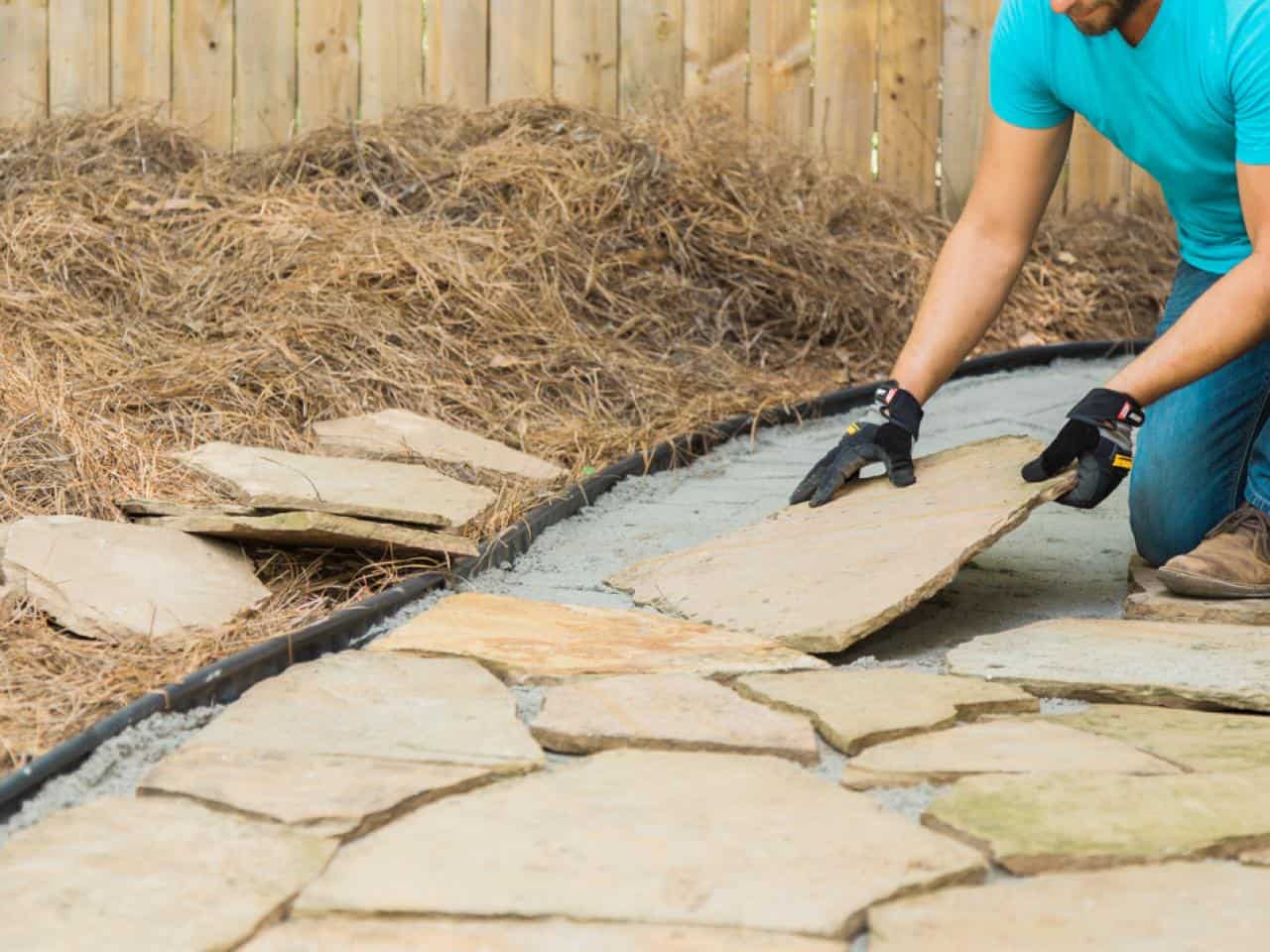
Source: thehousingforum.com
Minor cracks can be filled with epoxy or concrete patching compound. For severely damaged flagstones, replacement is necessary. Carefully remove the damaged stone, prepare the area, and set a new stone using the same techniques as during the initial installation.
Using Sealants to Extend Walkway Lifespan
Sealants create a protective barrier against water, stains, and weathering. They enhance the flagstone’s color and make cleaning easier. Choose a sealant appropriate for the type of flagstone. Always follow the manufacturer’s instructions for application.
Preventing Moss and Algae Growth
Regular cleaning helps prevent moss and algae growth. For stubborn growth, use a solution of bleach and water (always following safety precautions). Ensure proper drainage to minimize moisture buildup, which encourages moss and algae.
Budgetary Considerations & Cost Estimation
Planning your budget is essential for a successful project. This section guides cost estimation and money-saving tips.
Sample Budget for a Flagstone Walkway
A sample budget might include: materials (flagstone, base materials, sand, sealant), labor (if hiring professionals), permits, and miscellaneous expenses. The total cost will vary significantly depending on the walkway’s size, complexity, and the chosen materials. For example, a small walkway (50 sq ft) might cost between $1000 and $3000, while a larger, more complex project could cost significantly more.
Factors Influencing Overall Cost
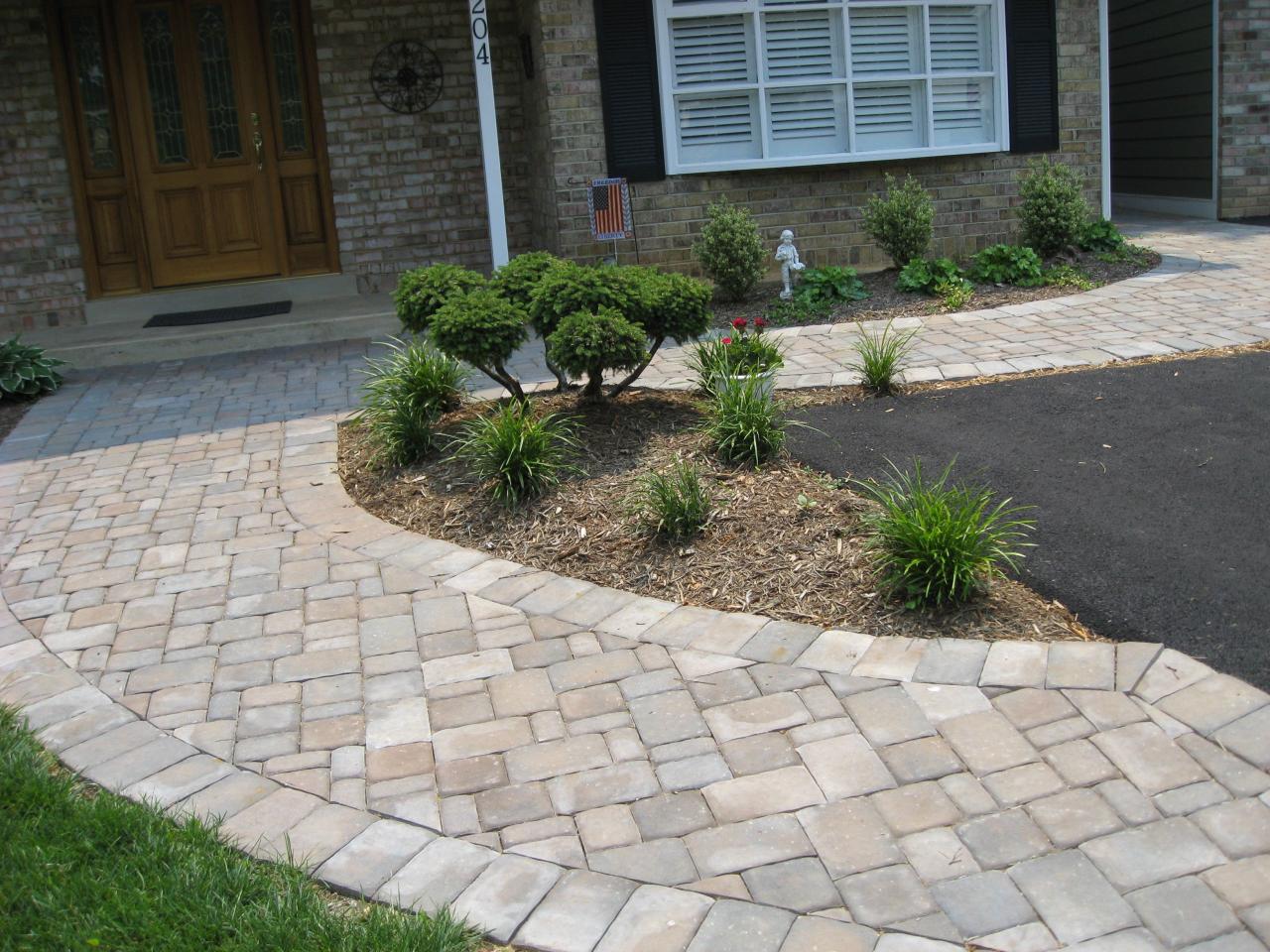
Source: pinimg.com
Several factors impact the overall cost: the type and quality of flagstone, the complexity of the design, the size of the walkway, labor costs (if hiring professionals), location, and the need for additional features such as lighting or edging.
Saving Money Without Compromising Quality
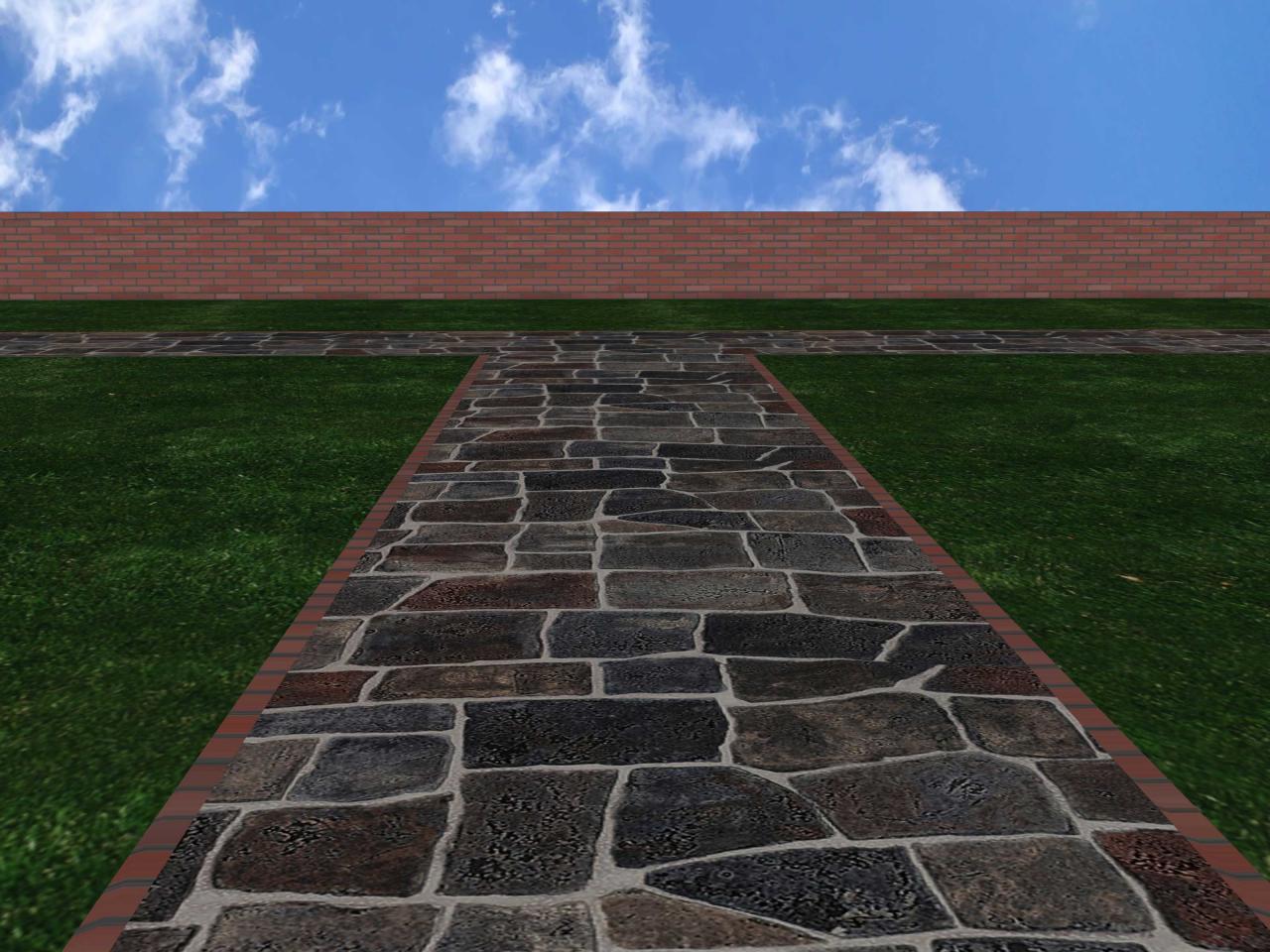
Source: wikihow.com
Consider DIY installation to reduce labor costs. Source materials from local suppliers to minimize transportation costs. Opt for readily available flagstone types instead of specialized, more expensive options. Plan carefully to minimize material waste.
Cost-Effectiveness Compared to Other Paving Options
Flagstone offers a balance between cost and aesthetic appeal. The following table compares it with other paving options:
| Paving Option | Cost (per sq ft, approximate) | Durability | Maintenance |
|---|---|---|---|
| Flagstone | $8-$20 | High | Moderate |
| Concrete | $4-$10 | High | Low |
| Brick | $6-$15 | High | Moderate |
| Pavers | $5-$12 | High | Low |
User Queries
What is the average lifespan of a flagstone walkway?
With proper installation and maintenance, a flagstone walkway can last for decades, even a century or more.
Can I install a flagstone walkway myself?
While possible for smaller, simpler projects, professional installation is often recommended, especially for complex designs or larger areas. Improper installation can lead to settling, cracking, and weed growth.
How often should I seal my flagstone walkway?
Sealing frequency depends on the type of sealant and climate. Generally, sealing every 2-3 years is recommended to protect against weathering and staining.
What are some common problems with flagstone walkways, and how can I prevent them?
Common problems include weed growth (prevented by proper base preparation and weed barrier), cracking (prevented by proper base compaction and joint filling), and uneven settling (prevented by proper base preparation). Regular maintenance helps address these issues.
Are there eco-friendly options for flagstone and installation?
Yes, sourcing locally quarried flagstone reduces transportation emissions. Using permeable base materials improves water drainage and reduces runoff.
